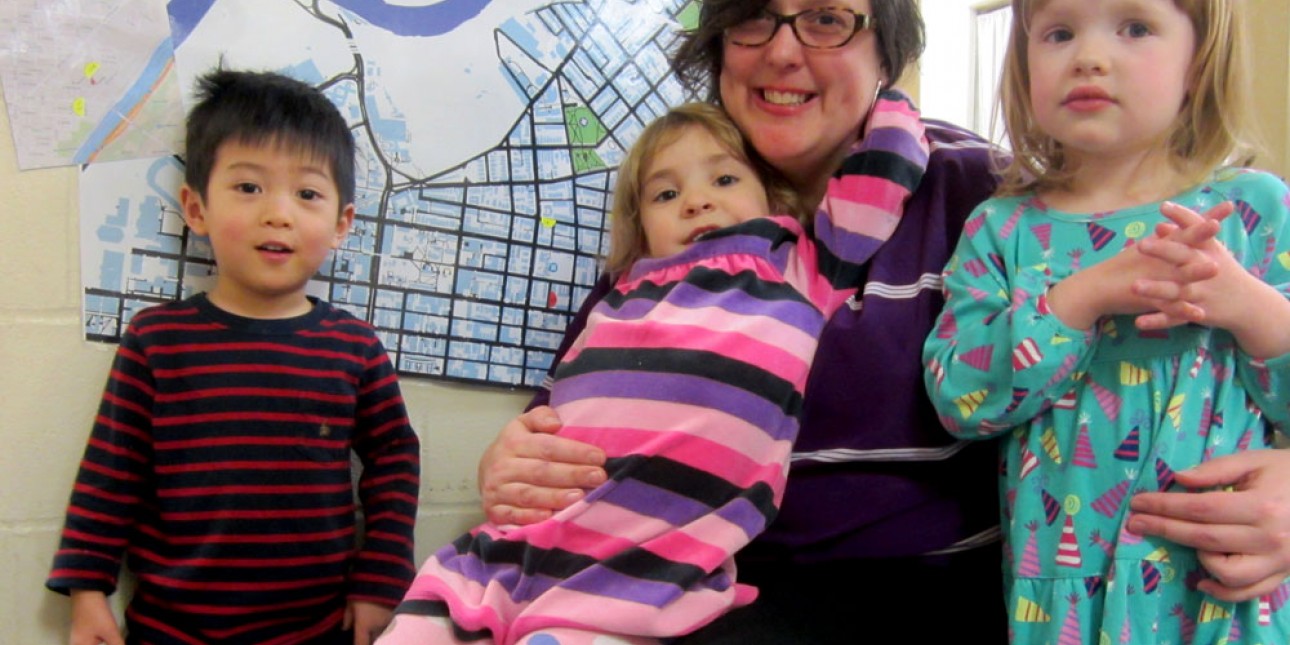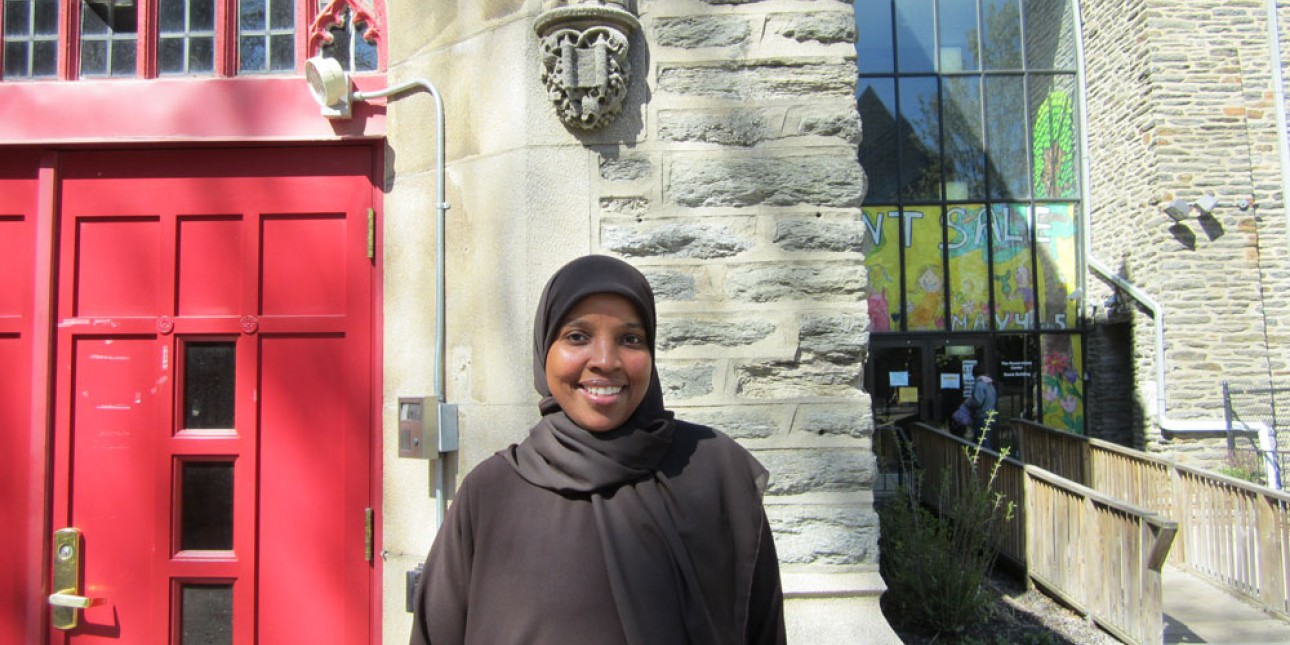December Message from Tamara

Curriculum, Planned Possibilities, and Play
“Where’s my house?” a Firefly asks, looking intently at the West Philadelphia map spread across the table. Nearby, a child drives a toy truck through a “map” of blocks laid out in a grid, and at the Writing Center, another child tells her friend, “This is Locust Street,” as she makes careful lines on her paper.
Designing curriculum around children’s play is truly an art. Research has told us time and time again that the way that young children learn best is through play. We know that when they are given an environment rich with possibilities for hands-on learning, their development is maximized. We also know that children need long periods of time to engage in the in-depth exploration that is at the heart of self-directed play.
And so at PIC, we think carefully about how best to support young children’s play through our curriculum. In the process of planning for a given investigation, we consider the activities that will facilitate development in each domain: social-emotional, cognitive, language and literacy, artistic and physical.
Teachers are deeply engaged in the reflective process of observing children’s work and planning the next steps. During planning time, teachers use thematic webs to identify directions to go. They consider possible questions about the given topic that children might have, and they think about ways to build on, or scaffold, what the children already know.
For example, in the Fireflies current study, the children said that maps “show you how to go places.” The teachers are offering invitations to investigate maps in each area of the room, such as mapping PIC, going on treasure hunts, and building 3-D maps with blocks. They are looking at maps of different places that are important to the children, and figuring out how to represent the neighborhood on maps.
These different experiences allow each child to access the experience at his or her own level and pace. They are incorporating literacy and mathematical concepts into individual and small group activities, and tying in community connections at every turn. It is through a flexible, responsive, play-based curriculum that this kind of deeply engaging and individualized learning is possible, and the children at PIC are living examples of just how joyous it can be!
